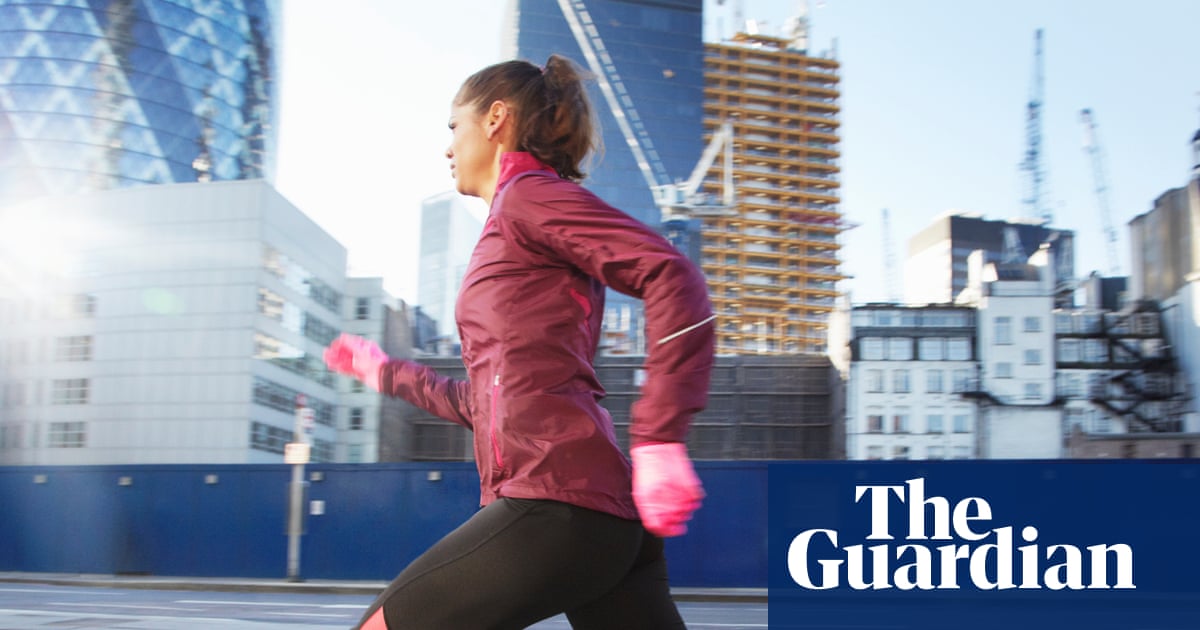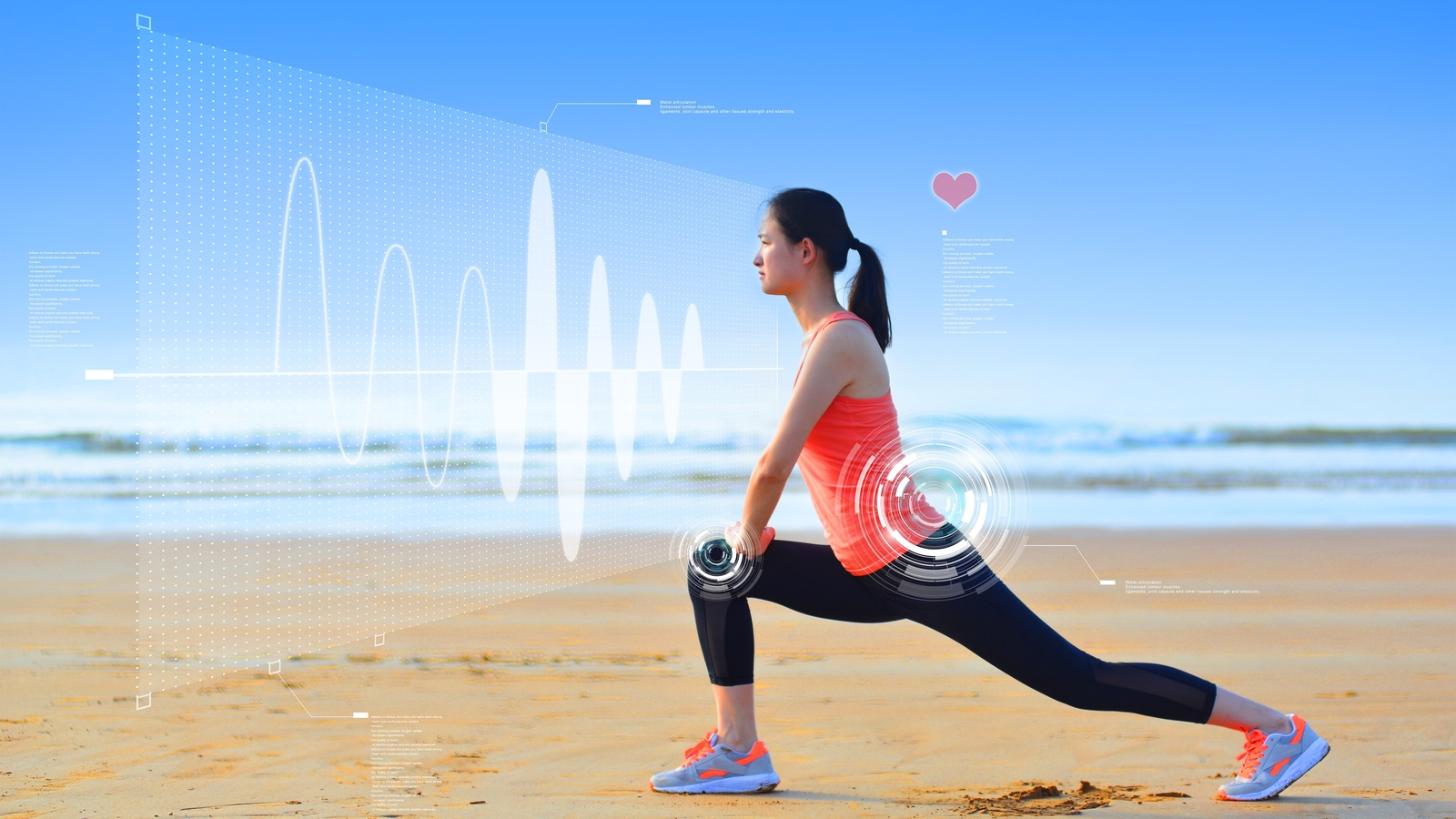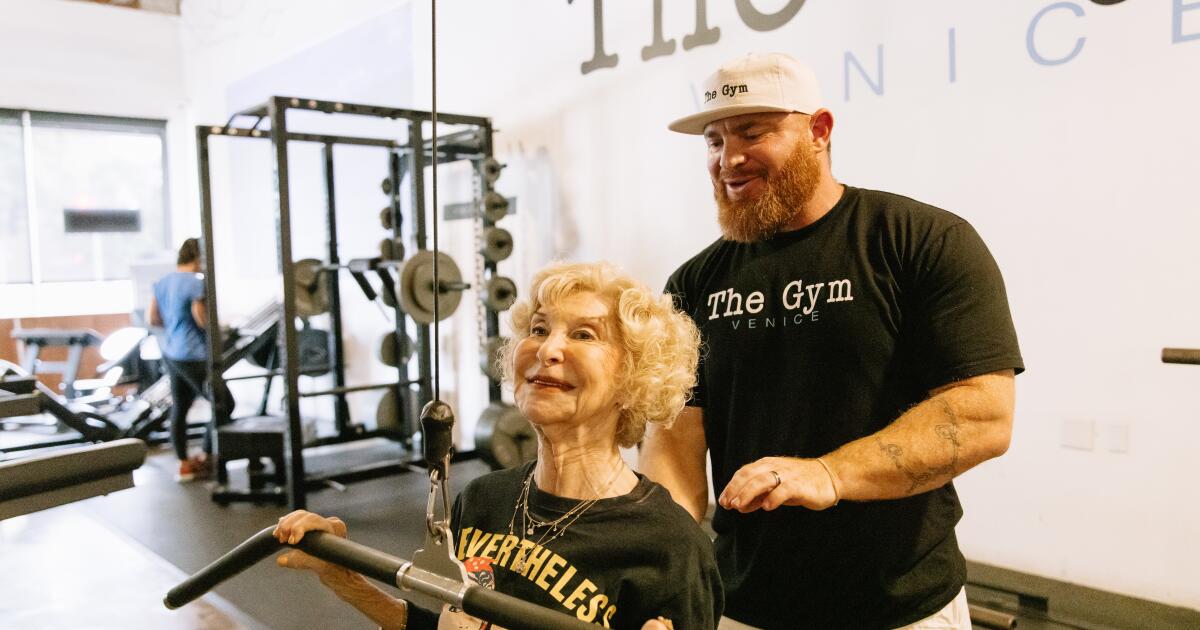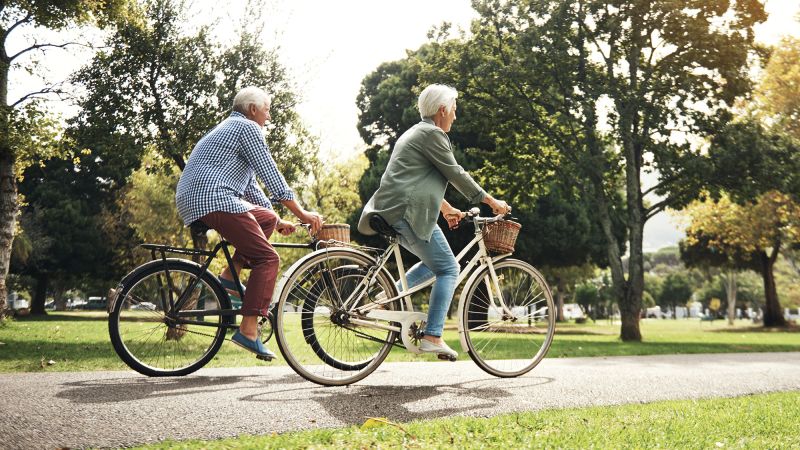If you’re experiencing joint pain in the knees, the solution might be to walk it off.
Aerobic exercise can reduce pain, improve movement and enhance quality of life for patients with knee osteoarthritis, according to a study published October 15 in the journal The BMJ.
Around 1 in 5 adults, or 54 million people, are affected by some type of arthritis in the United States. The most common form is osteoarthritis.
“Osteoarthritis is wear and tear of cartilage, or the covering at the end of bones, which leads to pain, stiffness and decreased joint function,” said Dr. Antonia F. Chen, chair and professor of orthopedic surgery at the University of Texas Southwestern Medical Center, via email. She was not involved in the study.
“It is incredibly common — sources have estimated that 80% of adults greater than 55 years old have some arthritis, and 500 million people are affected by osteoarthritis worldwide.”
Some causes of osteoarthritis include injury, preexisting joint disease, specific metabolic diseases such as obesity or type 2 diabetes, and genetics.
Osteoarthritis is a leading cause of chronic disability, and one of the most commonly affected joints is the knee. While knee osteoarthritis isn’t reversible, there are ways to reduce pain.
“Aerobic exercise consistently showed the greatest benefits across almost all outcomes,’ said Dr. Lei Yan, the study’s first author, in an email. “It reduced pain, improved movement and gait performance, and enhanced overall quality of life more effectively than any other exercise type.”
Aerobic exercises are rhythmic and repetitive movements, such as walking, jogging, cycling and swimming.
Aerobic exercises “help nourish the joints, they strengthen supporting muscles, and they reduce pain,” said CNN fitness contributor Dana Santas, a certified strength and conditioning specialist and mind-body coach in professional sports.
Patients with knee osteoarthritis should be doing “low to moderate-impact aerobic activity. This is not high-impact aerobic activity, and people with knee osteoarthritis should definitely avoid running or plyometrics, like jump training,” Santas said .
You don’t have to aim immediately for 10,000 steps a day or 150 minutes of exercise a week, which are both common recommendations for exercise.
For patients just starting to exercise, walking or cycling for five to 10 minutes a day can help you get started in receiving those benefits and restrengthening the muscles around your joints, according to Santas.
But before starting any movement, you should properly warm up.
You can start by “mobilizing of your ankles and your hips” with stretches, such as ankle circles or simple hip mobility stretches, Santas said.
Being conscious of your body during these exercises and pacing yourself is also key.
And it’s important for people managing knee osteoarthritis to avoid doing deep squats and twisting their hips because if hips are tight, then the movement is “going to go to the joint above or below, which is the knee,” Santas said.
No matter what aerobic exercise you choose to do, you should “ensure that your knees, which are a hinge joint, aren’t being asked to do something that they’re not designed to do, because that’s only going to cause more issues,” she added.
Similar to aerobic exercises, low or moderate-impact strength training can also help patients with knee osteoarthritis.
An easy exercise to start with is a single-leg Romanian deadlift or RDL.
This movement can be modified by shifting your weight to one leg and coming “onto the toes of the opposite leg, so that you’re not putting weight” on the nonworking leg, according to Santas.
If you’re struggling with balance, you can also hold onto a wall, “and then you’re just hinging from your hips to come down and then back up,” she added.
Other exercises include stair stepping and leg extensions.
While strength training and aerobic exercise can improve mobility, “the benefits depend on consistency — patients don’t need to train intensely, but they do need to keep moving regularly,” said Yan, a doctoral student at the Johns Hopkins University School of Medicine.
Aside from exercise, other methods of treating pain caused by osteoarthritis include acupuncture, weight loss, anti-inflammatory supplements and physical therapy, according to Chen.
But as always, you should contact your doctor or medical professional before pursuing any forms of treatment.
The study’s findings were based on a systematic review and network meta-analysis that looked at 217 randomized controlled trials with over 15,000 participants from around the world. Researchers analyzed the impact of seven exercises and followed up with participants after four, 12 and 24 weeks.
First Appeared on
Source link













